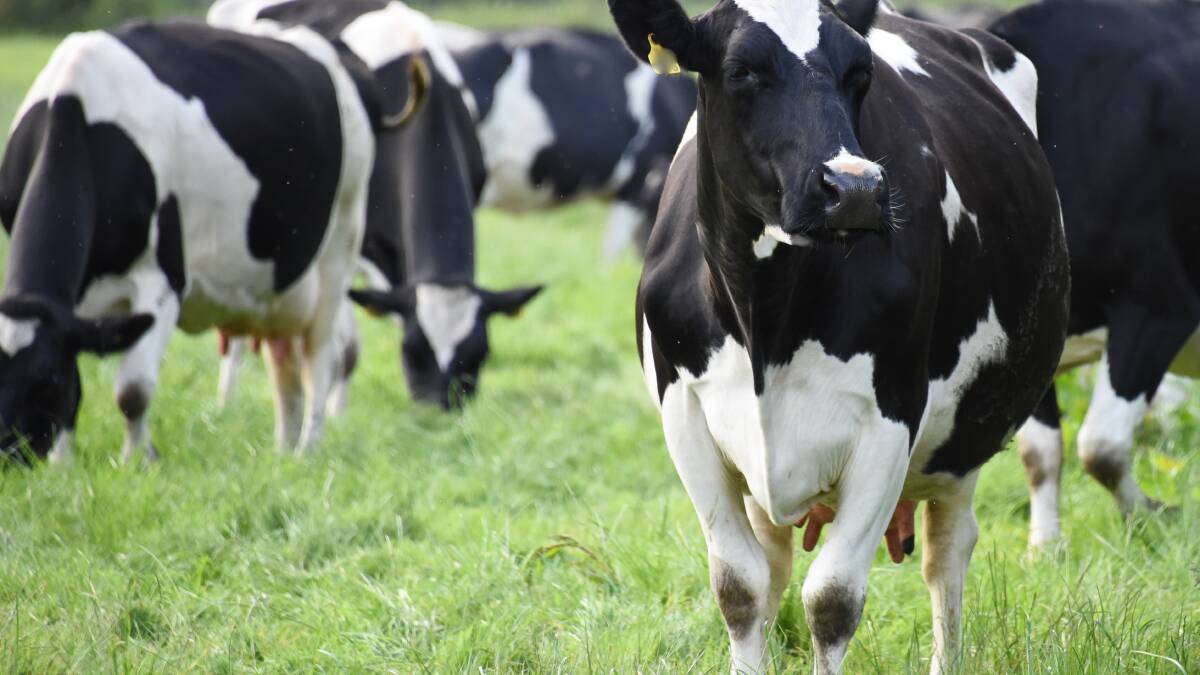
Australian dairy farmers face falling farmgate prices until at least 2024 according to the Australia Bureau of Agricultural and Resource Economics and Sciences (ABARES).
Subscribe now for unlimited access to all our agricultural news
across the nation
or signup to continue reading
The national forecaster made the prediction as part of the annual Outlook 2019 conference in Canberra this week, where delegates were told the fall in farmgate milk prices was the result of forecast global production outpacing demand.
Related reading: What you need to know from ABARES’ Outlook 2019
Larger volumes are expected to be exported from New Zealand, the European Union, the United States and Argentina while production in emerging markets is also forecast to expand rapidly, especially in India.
Higher milk yields will drive much of the increase in production, including in the European Union and New Zealand, where the number of dairy cows is actually likely to fall.
ABARES dairy analyst Andrew Cameron said falling prices would continue to put pressure on the profitability of Australian dairy businesses.
“After a drought-induced reduction in the dairy herd in 2018–19, dairy cow numbers are forecast to continue to fall until 2021–22,” he said.
“Yield increases resulting from improved productivity are unlikely to offset falling cow numbers.
“As a result, Australian milk production is expected to remain below 9.0 billion litres over the period to 2023–24, recovering only moderately in the second half of the projection period.
“Greater allocation of the milk pool to drinking milk, which is linked primarily to Australia's population growth, will leave less milk available for the manufacture and export of dairy products.”
By 2023–24 Australia's dairy exports are forecast to fall to $3.0 billion in real terms.
This is towards the bottom of the $3.0 billion to $3.5 billion range for dairy exports since 2010–11.
Mr Cameron said this was partly because higher domestic consumption was projected to reduce supplies of milk that could be used to manufacture exportable products. Export premiums and global prices are also expected to be lower.
Non-traditional exports, including fresh milk and value-added products such as infant formula, are projected to account for a higher share of dairy export earnings.
Cheese is forecast to account for a stable share of export earnings over the projection period, but the other major commodities are projected to account for a reduced share. This reflects the industry's growing focus on Australia's competitive advantages in cheese and value-added products.
Meanwhile, global prices of butter, cheese and whole milk powder are also forecast to fall in 2019–20.
Higher production in New Zealand and the United States over the first half of the 2018–19 season is placing downward pressure on commodity prices, especially butter.
Increased production in the European Union in 2019–20 is expected to add to global supplies, assuming no adverse weather events occur.
Strengthening global demand for cheese will be driven by economic growth and an ongoing shift to more westernised diets in many countries.
However, medium-term prospects for cheese demand growth in Japan—Australia's most important export market—are less favourable given a weak economic growth outlook and a declining population.
Butter prices are expected to average more than US$4,000 per tonne between 2019–20 and 2023–24.
With lower forecast milk production and a growing population, Australian imports of dairy products are projected to increase over the medium term.
Australia already imports a considerable volume of dairy products, primarily cheese from New Zealand, the United States and the European Union.

